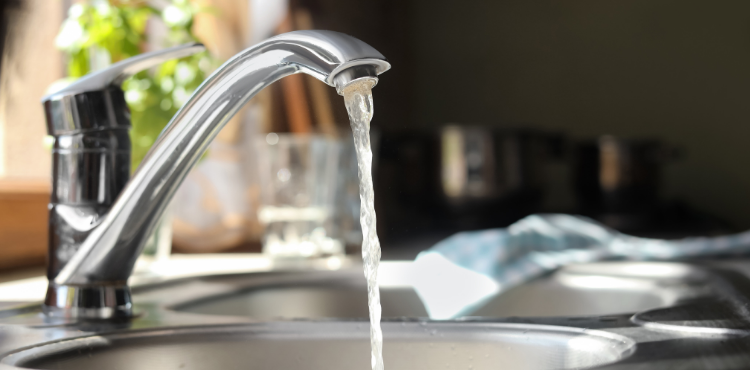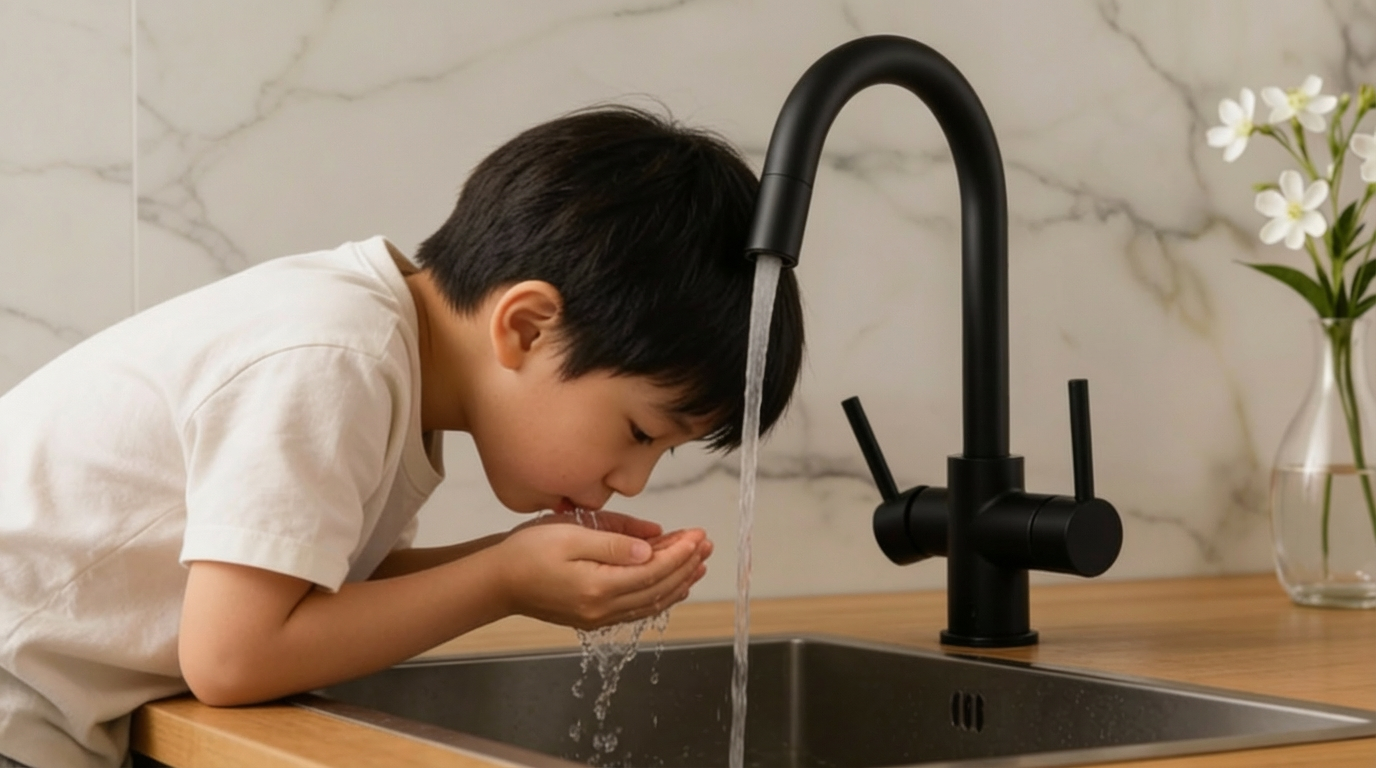It’s a step in the right direction. It really is.
But here’s the honest question we think more people should be asking:
How long will it take for these changes to reach our taps — and what do we do in the meantime?
A Quiet Problem That’s Been Building for Decades
PFAS (Per- and polyfluoroalkyl substances) are synthetic chemicals that have been used in firefighting foam, non-stick cookware, food packaging, and other consumer products for decades. They’ve been found in water supplies around the country — often near military bases, industrial sites, and airports — and in some areas, the exposure has been going on for over 30 years.
These chemicals don’t break down. They persist. They build up in soil, water, and — over time — in our bodies.
Scientific studies have linked PFAS exposure to:
- Hormonal issues
- Elevated cholesterol
- Thyroid and kidney problems
- Immune suppression
- And potentially, some forms of cancer
So yes — the new health-based guidelines from the National Health and Medical Research Council (NHMRC) are an important move. They officially acknowledge what scientists have been warning about for years: that PFAS are a real threat, and that limits must be set.
Progress That Comes With a Long Timeline
But updating the guidelines is one thing.
Implementing them across Australia’s drinking water systems? That’s something else entirely.
Experts have already raised concerns about:
- The complexity of rolling out new treatment processes
- The cost of retrofitting infrastructure — especially in smaller communities
- And the reality that PFAS isn’t just a water issue — it touches agriculture, air quality, consumer goods, and more
The truth is, it could be years before your local water supplier is required — or even equipped — to meet the new standards.
So, while the acknowledgment is welcome and overdue, many Australians are still left with the same question:
Is the water in my home safe — right now?
So, What Can We Do Today?
We believe Australians deserve better than “wait and see.”
You don’t have to sit in uncertainty while government frameworks catch up.
You don’t have to hope for action — you can take it.
At Good Water Group, we specialise in helping families reduce their exposure to contaminants like PFAS through advanced home water filtration. Our under-sink reverse osmosis systems are designed to remove up to 95% of PFAS, along with chlorine, fluoride, heavy metals, and other common contaminants.
We’re not here to make exaggerated promises — just to offer something the public water system can’t always provide: immediate protection at home.
It’s Not About Fear. It’s About Choice.
Let’s be clear — we’re not criticising the update.
We’re glad this issue is finally being recognised at a national level.
But we also believe that awareness without access isn’t enough.
You have a right to know what’s in your water.
You have a right to choose how you respond.
And you have the ability to act before the system catches up.
Final Thought
Change is coming — and that’s good news.
But the health risks from PFAS didn’t appear overnight, and they won’t disappear overnight either.
So while we wait for the future to arrive, we think it’s worth asking:
What kind of water do you want in your home today?
At Good Water Group, we’ll keep doing our part to give you honest answers, trusted technology, and better water — right now.
Because clean water shouldn’t be complicated.
And it definitely shouldn’t take years.







